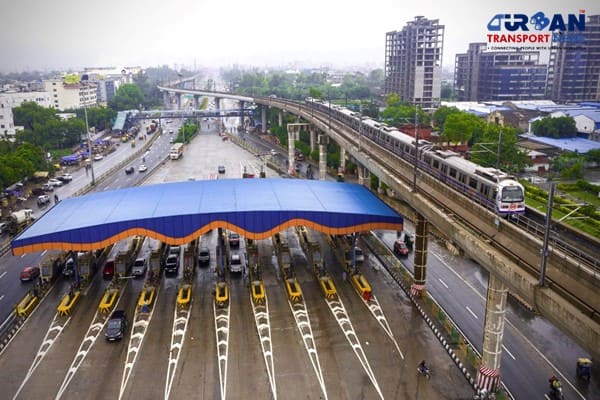 Vensa Infrastructure wins ₹412.58 crore civil contract for Hisar Airport
Vensa Infrastructure wins ₹412.58 crore civil contract for Hisar Airport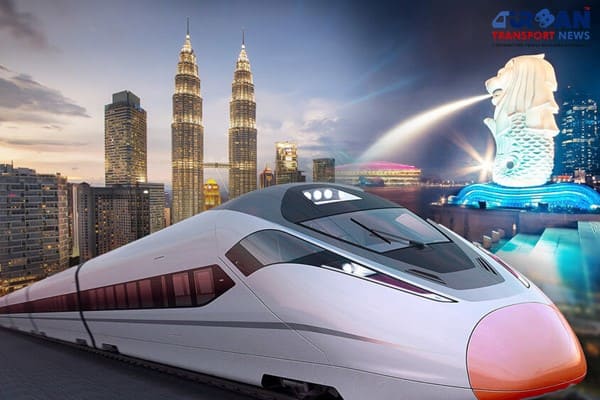 Kuala Lumpur-Singapore high-speed rail project cost could be slashed to RM70 Billion
Kuala Lumpur-Singapore high-speed rail project cost could be slashed to RM70 Billion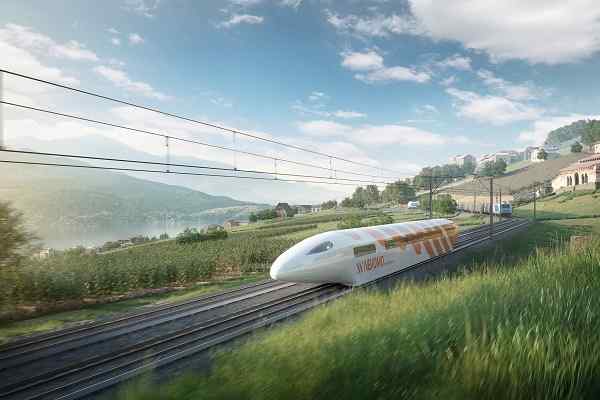 Nevomo's MagRail Technology Selected for Hyperloop Freight Demonstrator
Nevomo's MagRail Technology Selected for Hyperloop Freight Demonstrator Russia signs deal to procure bullet trains for Moscow - St. Petersburg high-speed line
Russia signs deal to procure bullet trains for Moscow - St. Petersburg high-speed line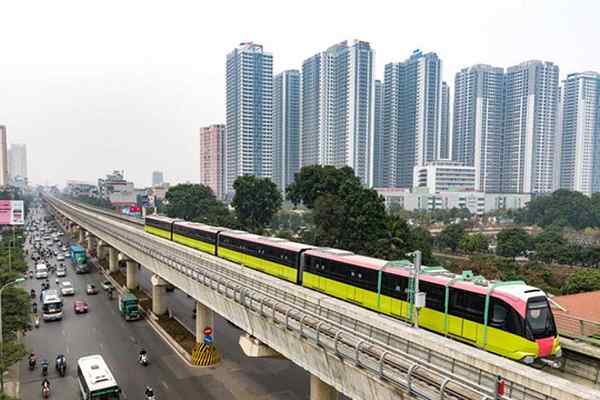 Vietnam plans new metro rail lines to replace its BRT systems in Hanoi
Vietnam plans new metro rail lines to replace its BRT systems in Hanoi 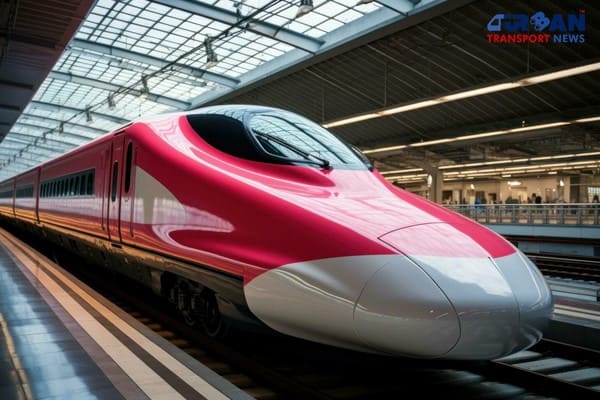 Revolutionizing Indian Railways: The Rise of Indigenous High Speed Bullet Trains
Revolutionizing Indian Railways: The Rise of Indigenous High Speed Bullet Trains Ayodhya deployed Gobbler Litter Buster to keep the City clean
Ayodhya deployed Gobbler Litter Buster to keep the City clean BMW's Emissions Investigation: What Does It Mean for Drivers?
BMW's Emissions Investigation: What Does It Mean for Drivers?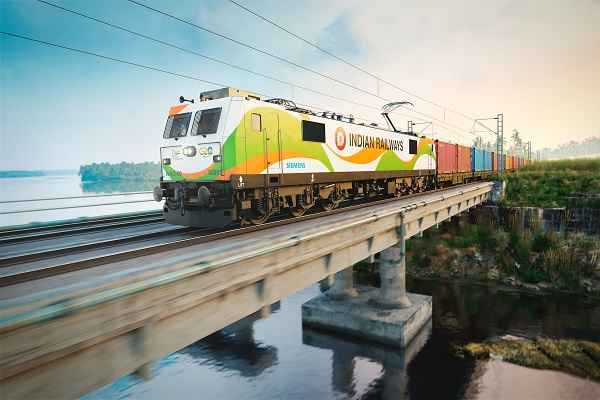 171 Years of Indian Railways: A History of Innovation and Progress
171 Years of Indian Railways: A History of Innovation and Progress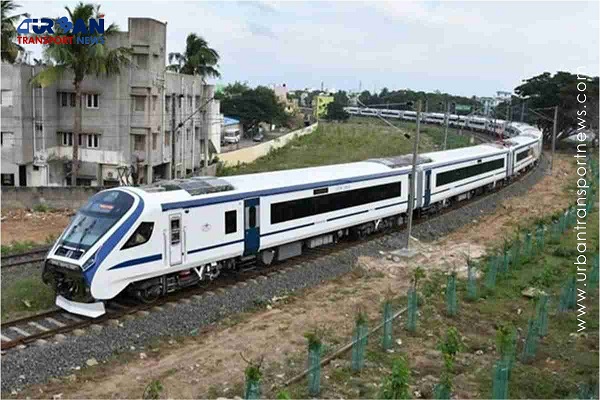 Vande Bharat Express trains carries over two crore passengers since their inception
Vande Bharat Express trains carries over two crore passengers since their inception
Developing sustainable cities for the future: An urban planner’s perspective
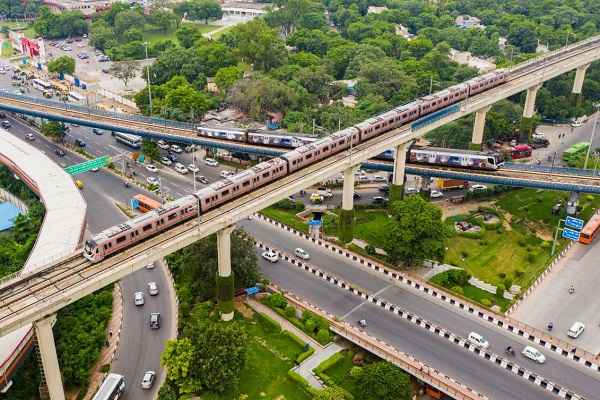
India’s urban population is rising at an exponential rate. It is estimated that more than 40% of Indians will be living in urban areas by 2030. The primary reason for the increase in urban population is the migration from rural or semi-urban areas to urban areas. Due to this, most of the major cities in India are overcrowded.
Cities are the epicentre of development and economic growth. However, every city has a limit on the number of people it can adequately accommodate. Beyond this limit, cities are unable to perform at their optimal potential. Besides hampered economic growth, overpopulation in cities leads to additional pressure on the present infrastructure, degradation of resources, pollution, and crime. Almost every major Indian city is suffering from these aforementioned issues and overcrowding in the cities neutralizes every effort of the government and people to solve them.
To tackle the issue of overcrowded major cities, the Indian government is planning to develop smaller cities that would act as population magnets. The idea is to develop alternate destinations where people could find similar facilities and opportunities as the bigger cities. These destinations will not only help curb migration from smaller towns and rural areas to big cities but also might facilitate reverse migration from the big cities and ease their burden.
However, creating and populating a new city is not a simple task. Multiple agencies need to work together at multiple levels. Although developing a new city is a process that is governed by local needs and constraints, some basic principles universally apply to creating a populating city with sustainability in mind. Some of these principles have been discussed in subsequent paragraphs.
Preserve the natural environment, agricultural lands and cultural heritage
Preserving ecology is the basic principle of sustainability. Any development that threatens to cause permanent damage to the environment should be stopped. While developing a new city or urban area, the developers must keep in mind that conserving ecology, agrarian lands and cultural heritage is the pre-requisite for a successful urban settlement.
Create mix-use and mix-income neighbourhoods
One of the biggest mistakes that urban planners often make is designing cities with segregated blocks or neighbourhoods based on utility or income levels. For instance, they create separate zones for markets, offices and residential purposes. It is also observed that in many cities people from similar income groups live in particular neighbourhoods. Due to this type of urban planning, people have to travel much more often and much longer distances to buy their needs and reach their workplaces. More travel means more vehicles on roads, more congestion and thus more pollution.
Considering a case of a neighbourhood where only high-income families live. These families need people like housemaids, drivers, guards, cooks, etc to run their households. Since the neighbourhood only has high-income families, the supporting people have to travel from far away places to work for these families. That means more time, energy and fuel wasted in getting to work. Therefore, for any city to be successful, neighbourhoods must be created for mixed-use and mixed-income populations.
Design walkable streets and human-scale neighbourhoods
Walking is not only good for human health but also for the health of a city. Urban planners should focus on developing streets that are easy and safe to walk on. Streets designated only for walking or bicycles, streets with comfortable sidewalks and streets with plants on the sides to provide shade to the walkers are some of the ideas that could be utilized to create walker-friendly streets.
Another important factor to encourage people to walk is to limit the size of the neighbourhoods and blocks. In case the neighbourhoods become too big, people are forced to use their private vehicles. Smaller neighbourhoods also mean a denser network of roads and penetration of public transport. With smaller neighbourhoods, people can easily walk to the nearest public transport and avoid personal vehicles.
Eco-friendly and efficient public transportation
Efficient public transport is one of the founding pillars of a sustainable modern city. It makes transportation easy, fast and convenient by reducing the number of vehicles on the roads. Vehicular emissions are one of the biggest sources of pollution in cities. Efficient public transport can help reduce it significantly.
If public transport could be made eco-friendly, it would become the icing on the cake. Most modern cities adopt a multi-modal approach to public transport. Reliability and convenience are two of the most important factors responsible for the success of any public transport. Seamless connectivity between different modes of transport makes public transport much more convenient and reliable.
Above mentioned are some of the many principles that are essential for curating sustainable cities for the future. India is putting sincere efforts into decongesting its overcrowded cities. There lies a great opportunity for the country and its urban planners to plan and develop sustainable cities where people can find all the opportunities and facilities in cities like Delhi and Mumbai. It is through these cities that India will be able to harness the true economic potential of its cities.
This article is authored by Prabhakar Kumar, Asstt. Vice President, Rudrabhishek Enterprises Limited. The views are personal.





